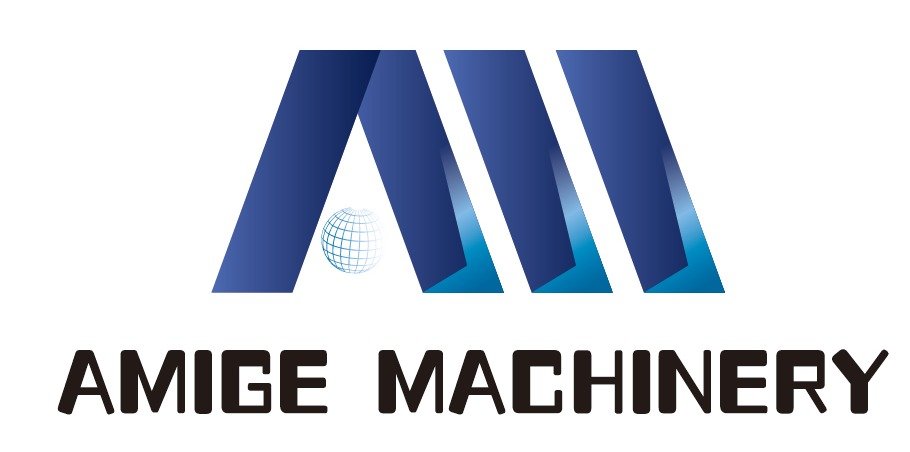Imagine walking along a tropical beach in Southeast Asia—palm trees swaying, turquoise waves crashing… and plastic bottles everywhere. Sounds familiar? Trust me, I’ve seen this mess firsthand. As the CEO of Amige, a company in the plastic crushing business, I get an up-close look at the consequences of plastic mismanagement. And Southeast Asia? It’s one of the hardest-hit regions. The problem is massive—but not hopeless. Let’s unpack how we got here and what we can do about it.
Southeast Asia’s marine plastic pollution is driven by poor waste management, rapid urbanization, and heavy reliance on single-use plastics. With millions of tons entering the ocean annually, the region faces both environmental damage and economic losses. Solving it will require systemic change, from recycling tech to behavior shifts.
If you think this issue is far from you—think again. Much of the plastic floating in our oceans starts as a forgotten food wrapper or a tossed bag. Let’s dig into the waves of this crisis.
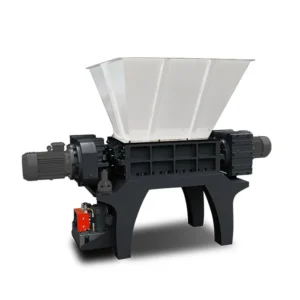
Why are Southeast Asian countries the biggest contributors to marine plastic?
Here’s a not-so-fun fact: Five of the top ten plastic-polluting countries are in Southeast Asia.
Countries like the Philippines, Indonesia, Vietnam, Thailand, and Malaysia all suffer from two major issues:
-
Insufficient waste collection systems
-
A massive consumption of single-use plastics
According to pollution-ranking, the Philippines alone contributes an estimated 356,000 tons of plastic to the ocean every year. That’s like dumping over 1,000 jumbo jets worth of plastic into the sea—annually.
Add in inconsistent government policies, lack of infrastructure in coastal areas, and seasonal floods that sweep uncollected trash straight into the sea—and you’ve got a perfect plastic storm.
What kinds of plastic are ending up in the ocean?
It’s not just bottles.
We’re talking:
-
Plastic bags
-
Styrofoam food containers
-
Sachets and wrappers
-
Fishing gear
-
Microplastics from cosmetics and textiles
One shocking report shows that over 60 billion multi-layer sachets are sold annually in the Philippines alone. These little packets are almost impossible to recycle—and they float like confetti at a sad party.
Worse yet, marine animals often mistake this plastic for food. I’ve heard stories of sea turtles eating plastic bags thinking they’re jellyfish. Sad, but true. Our ocean creatures deserve better than a diet of polyethylene.
How does this plastic pollution impact people and economies?
Marine plastic isn’t just an eyesore—it’s expensive.
It hits Southeast Asia in three painful ways:
-
Tourism – Trash-strewn beaches aren’t exactly Instagram-worthy.
-
Fishing industry – Polluted waters mean fewer fish and damaged gear.
-
Public health – Microplastics are entering the food chain and our drinking water.
One study found that marine debris costs Southeast Asian nations over $1.3 billion annually in lost tourism and clean-up costs.
I visited a resort in Bali once. Stunning location, great food—and a crew cleaning the beach every morning just to keep up with plastic that washed ashore. It’s like sweeping a sandstorm.
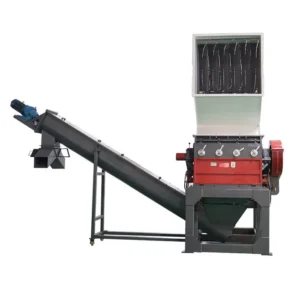
Why isn’t recycling enough in Southeast Asia?
Ah, the big “R” word—recycling. Everyone loves it, but it’s not a silver bullet.
Most Southeast Asian nations face serious bottlenecks:
-
Limited recycling infrastructure
-
Lack of formal collection systems
-
Low demand for recycled plastics
-
Dirty and mixed plastic streams
In many rural areas, plastic is either dumped or burned. Recycling is almost an afterthought. Data shows that less than 20% of plastic waste is recycled across most Southeast Asian countries.
And when you try to crush or process dirty packaging with food residues or mixed layers, your machines (and patience) suffer. Believe me—I’ve lost a few blades to peanut butter jars and fish sauce sachets.
Are there local solutions that are working?
Yes—and they give me hope.
Some impressive initiatives across Southeast Asia include:
-
EcoBricks in the Philippines—plastic stuffed into bottles for construction.
-
Reverse vending machines in Thailand and Vietnam—plastic for rewards.
-
Community waste banks in Indonesia—where people trade recyclables for cash.
-
River interceptors in Malaysia—floating machines that trap plastic before it hits the sea.
Programs like these have cut coastal plastic pollution by 30% in pilot regions.
At Amige, we’ve also been collaborating with regional recyclers to provide compact, high-efficiency shredders that work with small-scale operators. Because sometimes, all a village needs is one good crusher and a plan.
What’s the role of global plastic exports in this crisis?
Surprise twist: not all the plastic in Southeast Asia starts there.
Developed countries have long been exporting plastic waste to Southeast Asia for “recycling.” But what happens when there’s too much? Or when it’s non-recyclable? It gets dumped or burned.
After China banned plastic waste imports in 2018, the flow shifted to countries like Indonesia, Vietnam, and Malaysia and waste-export-trends reports that over 1 million tons of plastic was exported to Southeast Asia in 2021 alone.
This turned many local recycling centers into landfills—or worse, illegal incineration sites. It’s global trash, local tragedy.
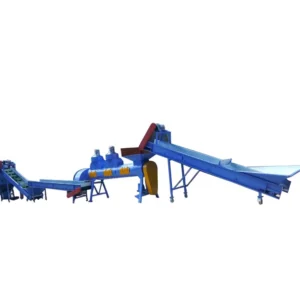
How can crushing and shredding technology help?
This is my jam.
Crushing tech is a powerful enabler:
-
Reduces plastic volume for easy transport.
-
Prepares plastic for reuse or recycling.
-
Improves sorting and cleaning efficiency.
-
Helps local businesses create recycled products.
We’ve deployed shredders in rural Indonesian islands that now turn old fishing nets into pellets for 3D printing. That’s what I call a loop that actually closes.
Studies show that crushed and cleaned plastic has a 60% higher market value than raw waste.
If every coastal community had access to a reliable crushing system, the tide would turn. Fast.
What should be done next?
Here’s my hit list:
-
Invest in infrastructure – Build local shredding and recycling centers.
-
Educate the public – People need to know what can be recycled and how.
-
Ban the worst offenders – Like multi-layer sachets and Styrofoam.
-
Incentivize collection – Pay people for bringing in plastic waste.
-
Regulate exports – Don’t let rich countries dump their trash.
And most importantly? Support local innovators. The answers are often found in small villages and coastal towns where people are already doing the hard work—we just need to back them up.
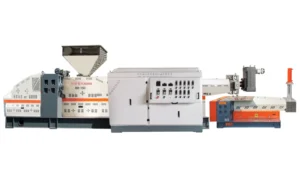
Conclusion
Southeast Asia’s marine plastic crisis is deep—but not unfixable. With smarter tech, stronger policy, and a whole lot of crushed plastic, we can clean up our oceans and protect future generations. Let’s make waves—for the right reasons.
